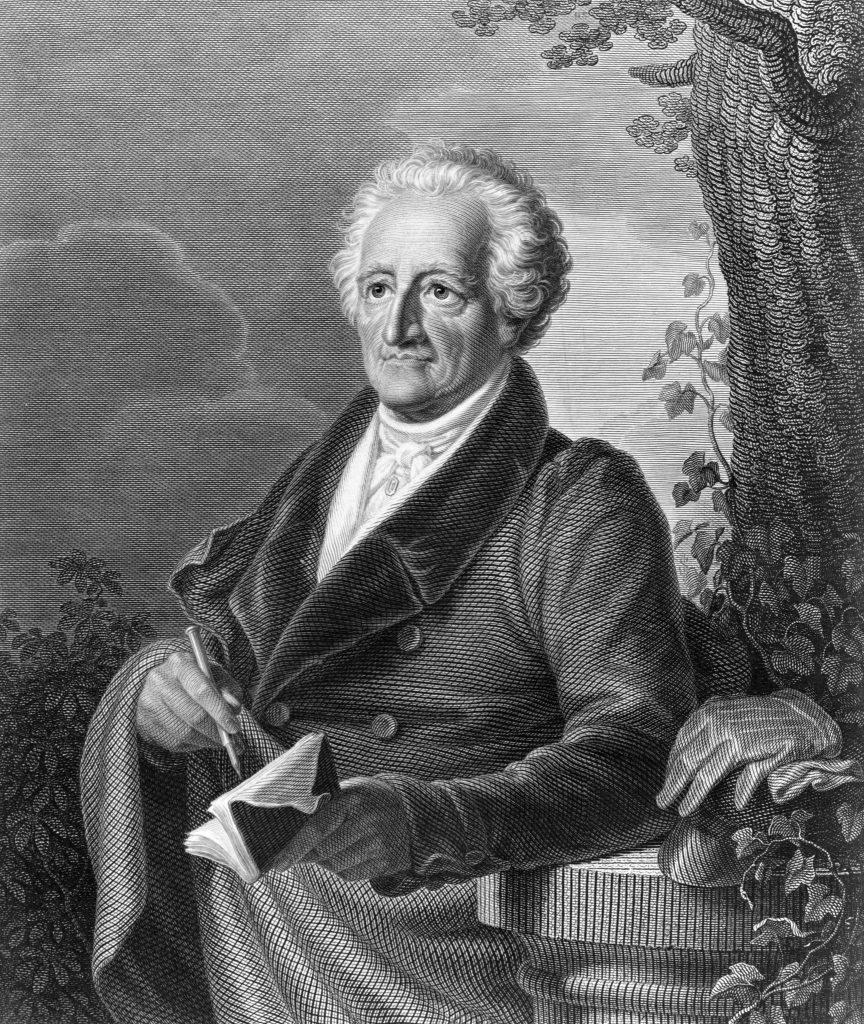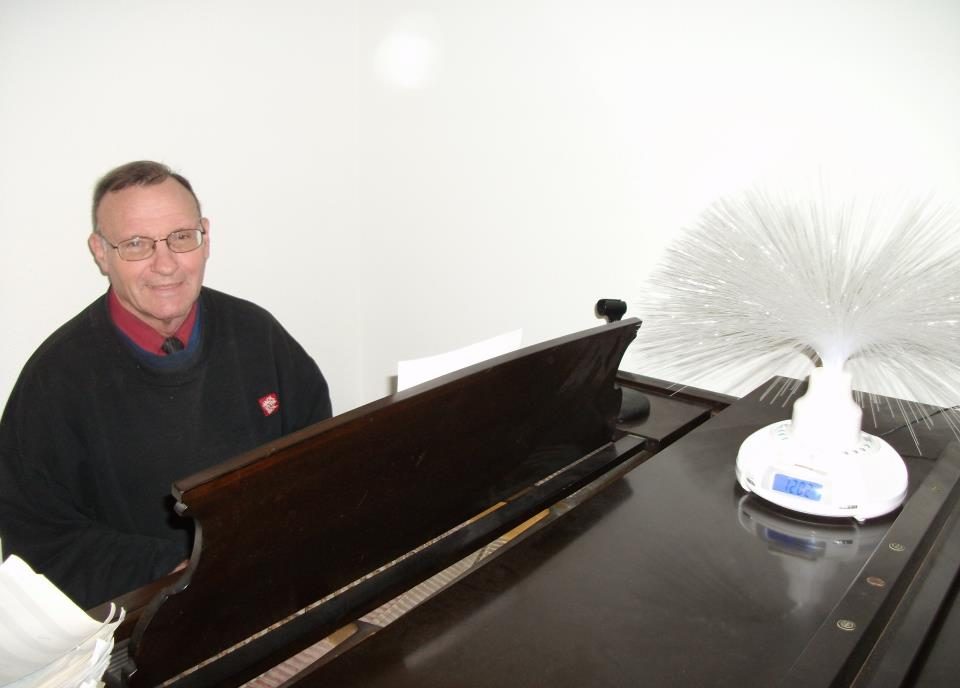Goethe, Color, and Music – A handbook for the Musical Production –
GOETHE, MUSIC, AND COLOR
A Handbook Presenting the Ideas Behind the Musical:
Faust 2024

by
Frank W. Andres
© Copyright, Frank W. Andres, 2023
All Rights Reserved.
Please visit us at our website…http://www.CFTheater. Info
Please give us your comments and ideas at Andres.Frank@Yahoo. Com
Our blog is actually a small website inside of a large one…in which all
things are free…Everything on our larger site is either free or very inexpensive.
We all…and we mean you, too.!..We all need to work together in Creative Clusters to help build the Future!
Introduction
Six years ago we put a musical production on our website: San Francisco – The Paris of the West. It was in 12-tone scale and was the culmination of 60 years of work on the part of one of the authors in music theory. Our work on music theory began in an aborted fashion when one of the authors was six years of age. He had began to take piano lessons at age four – first with his aunt, then with a more conventional teaacher who utilized the normal music books to play: Schawn and Aaron. At that point, a miracle happened: A colleague of his father at the junior college where he taught became his piano teacher. This man had a procedure of his own – quite unique – very Powerful in every respect. Each lesson was split into two parts: First, there was the playing of classical music. This teacher did not believe in using the traditional type of piano books to teach students. He believed that classical music – as it exists – provides a wide range of difficulty – always able to present the student with the perfect piece that is suitable for him or her – at each stage in his or her development. Such it was that this author began playing actual classical piano pieces at that time. He not only was advancing in his ability to play pieces – simultaneously a repertoire of real classical pieces was building that he could play on various occasions.
But this approach to the types of music a student would play – was only half of the miracle of this wonderful piano teacher: He also encouraged the student to compose his or her own music! The heart of this half of the piano lesson was centered on something he gave the author on the first day of piano lessons: The Circle of Fifths! Well, this will be presented – as it appears visually – in the text below. For now, let us just understand: Half of this author’s piano lesson was simply – ‘Mary Had a Little Lamb’ – which was not as innocent as it might first appear. Mr. Campbell would – right before the student’s eyes on printed staffs in a spiral book – would write before his eyes! – the melody for the tune and right above that the chords. Yes, chords! Here was a new world for the piano student. Yes, piano pieces are far more than just a bunch of black notes. When one day he or she might advance and be playing difficult pieces by Chopin – well, all those black 32 notes would not be merely dots that one had to play – they were embedded in a web of concepts called: Harmony! The Circle of Fifths at this point was not actually a tool for the student to use. It just was: Well, some pieces had a lot of sharps – some had a lot of flats. This could be disconcerting if not down-right frightening for one as he or she progressed those first years. But with the Circle of 5ths – all of these notes – became distinguishable as ‘scales’, with melodies and chords! These notes became more than notes – they became friends – good friends who we already knew a lot about. Fsharp with all those funny squiggles at the beginning – called ‘sharps’ – no problem – that key was located in our minds – right next to D flat and B natural – it had a home right next to those scales –at the bottom of the Circle – and was their buddy. Fsharp had one more sharp than B natural – and Fsharp was the same as Gflat scale so it simultaneously had one more flat than Dflat See all was simple!: Before us – always sitting on the place where pieces were perched before us on the piano – always right next them in its own prominent and important place: Was that Circle – which became a pattern – which possessed the Power of extending to a student: Understanding and synthesis! One was never afraid to play anything! Music was Science! Music – was our friend! And once Mr. Campbell had shown one how to play ‘Mary’ and her lamb – with a melody in the right hand – and chords in the left – well, now a kid could compose – all by him- or herself! Because, as we say: He or she was learning that all the scales consisted of things called well, ‘scales’ of individual notes that could be played with the right hand– but also triads which gave one chords that could be played in the left hand. Basically these are the Truths that Joseph Haydn came up with – when he created 7-tone scale musical theory.
So it was that this author began to compose at six years of age. Mr. Campbell was delighted. But this author decided that what he was doing was basically immoral and stupid – he was basically copying pieces he was playing. He would wait until his college years – and his study of the Beatles before he would attempt to develop an entirely new theory – of his own. The Beatles innovated in so many ways. There advances in musical theory were modest. Their producer, George Marin discouraged any forays into treacherous new harmoneis. Yet: ‘I Want to Be Your Man’ – and ‘I Saw Her Standing There’ – well, they were both in the key of C – and they each – possessed a – black note! A Bflat.
To Read More Download The Kindle Book Below
